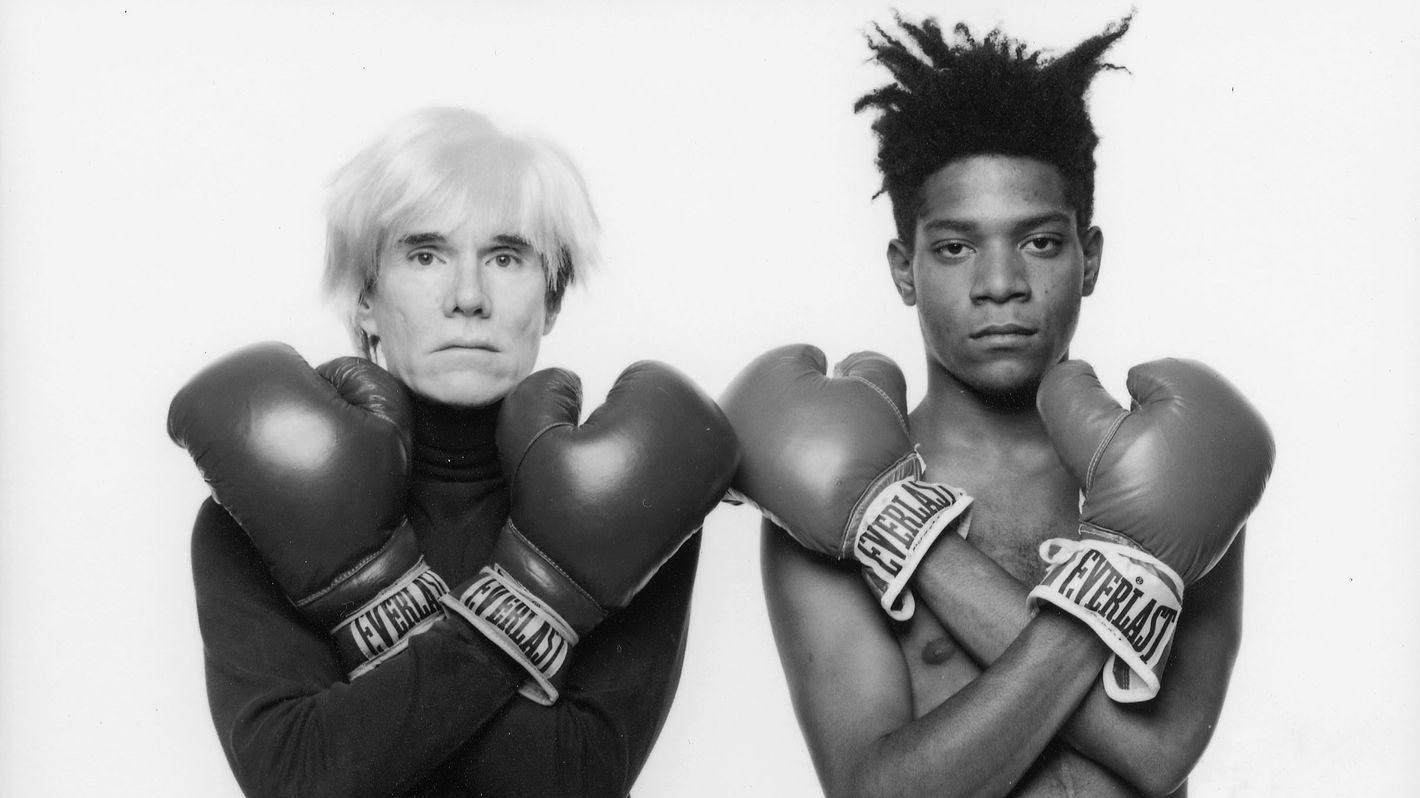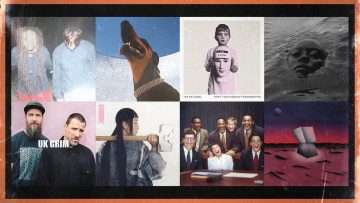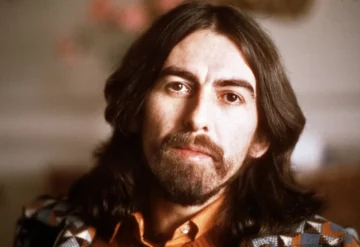A joint exhibition by the old master and enfant terrible of the 80s New York art scene promised to be a thumping success. Promoted by a poster showing the two holding boxing gloves defiantly towards the camera, the eagerly anticipated 1985 Jean-Michel Basquiat and Andy Warhol show was ravaged by critics when it opened.
Now, the story behind the exhibition is being told in a new play at the Young Vic theatre in London.

The world premiere of Anthony McCarten’s new drama The Collaboration, will be directed by the Young Vic’s artistic director, Kwame Kwei-Armah. The two stars will be Paul Bettany (Wandavision) playing Warhol, and Jeremy Pope (One Night in Miami) playing Basquiat.
Kwei-Armah, known for his large scale theatrical installations with sometimes collaborator Idris Elba said the production, planned to be designed by Anna Fleischle, will invite “us behind the iconography and fame, and inside the intimate friendship between two artists”. The story would ask audiences to lean in “and challenge our preconceptions”.

The two artists that The Collaboration is about were each in their own way obsessed with fame and celebrity. Though both artists were glued to culture, each brought disparate attractions to the other.
For Basquiat, Warhol was the door to a higher class of the art market, a fancy intelligentsia who could be the ticket to global, rather than just subcultural fame.
For Warhol, the young Basquiat was everything Warhol could not be: black, cultured in ways Warhol was not (jazz, drug culture, literature), connected to a New York underworld, and most importantly, laden with a street credibility that the ageing Warhol had not.
Ronny Cutrone said “Jean-Michel thought he needed Andy’s fame and Andy thought he needed Jean-Michel’s new blood. Jean-Michel gave Andy a rebellious image”.

Basquiat would absorb culture like no other. Often painting with atlases open, Greek poetry being read, a television blaring in the background, jazz LPs spinning: his practice was one of absorption, assimilation, and eruption.
Warhol was more of a critiquer. He would observe the ways in which people consumed. He would replicate thousands of corporate logos, make films and take photographs and manipulate them into comments, into art.
To put it bluntly (and it is notable since Warhol reputedly took great interest in Basquiat’s sexual escapades), Basquiat was the lothario, and Warhol was the “sex is more exciting on the screen and between the pages than between the sheets”, as he famously said.
Their collaborative works merged the two artists’ styles: Warhol’s recognisable pop art technique juxtaposed Basquiat’s raw and unpredictable approach. They made several “Untitled” works together but one of their most well known collaborative pieces is “Ten Punching Bags (Last Supper)” (c. 1985), a playful statement against ideological oppression in the art world.
I think the beauty of their relationship is best laid out in their critically-panned show. ‘Arm and Hammer II’, a piece from 1984 depicts a jazzy figure in a prominent position on the canvas, identifiable as Charlie Parker as indicated by the inscription of ‘1955’ – the year of Parker’s death. Parker is presented side by side with an untouched logo for the brand ‘Church and Dwight’, a household brand of baking soda that would have been present in almost every home in America.

Church and Dwight had repurposed the powerful emblem of the clenched fist, and the artist duo did exactly the same. They borrowed the original image, and blew it up to a grand scale. Basquiat ‘reclaimed’ the logo, and in a movement reminiscent of censorship, painted huge black bars across the name of the brand.
It is as if the juxtaposition of Charlie Parker, with his saxophone spilling out of the confines of the logo as if the pure energy of his music cannot be contained, and the well-known brand, offers both a critique of the commodification of the jazz industry in the 50s and the contemporary issues around the copyrighting of art and how artists were paid. It is a formidable work of collaborative art. Their work together demonstrates the successful bridging of two worlds that so often live just a couple of storeys or ‘blocks’ apart, but never meet.
Like the approach of their predecessor Parker, both Basquiat and Warhol continued to appropriate, revise, and reinvent traditional riffs to create vibrant new melodies – in Parker’s case musically, and in Basquiat and Warhol’s, visually. Basquiat once said he’d go crazy if he did not listen to Parker’s music daily.
As the two artists feuded painfully after the reviews of the show, and as Basquiat descended further into his addictions, Warhol’s relationship with him gradually faded away.

Molina and Enoch in ‘Red’
The Collaboration, which premieres in February, would at first glance seem to have parallels with the global hit, Red.
Red, by American screen and stage writer John Logan (Gladiator, The Aviator, Hugo), tells the story of the relationship between the ageing Mark Rothko, played by Alfred Molina, and his young buck assistant, Ken, played by Eddie Redmayne, and later Alfred Enoch (Dean Thomas in Harry Potter).
Throughout the play Rothko gives orders to his assistant, as he mixes the paints, makes the frames, and primes the canvases, all done live in front of the audience. This results in a complete piece of art by the end, two, in fact, in one considers the finished play. Ken, however, eventually brashly questions Rothko’s theories of art and his acceding to work on such a commercial project. For his part, Rothko dislikes the rise of pop art.
Though The Collaboration has a fundamentally different canvas, for it deals with the story of two already established artists, it deals with the same notions of not only the young in opposition to the old, but rather, what can come from that opposition.
Interestingly, the relationship between the artists, and the question of whether each was exploiting the other’s fame, is also the subject of a new play by Ishmael Reed which opens in the US next month. The Slave Who Loved Caviar is playing at the Theater for the New City in New York.
[It asks] the question of whether each was exploiting the other’s fame…
The Young Vic’s new season is, as usual, an exercise in balancing old plays with new flourishes, while pushing forward the classically-established trench lines of theatre. A revival of Rodgers and Hammerstein’s Oklahoma!, will apparently unlock “a fresh perspective on a great American musical”.
The theatre’s Five Plays strand will see a series of five-minute plays, by five different playwrights and five different directors. The Young Vic will also be inviting artists to explore the medium of TikTok as part of its Creative Headspace scheme, designed to support early-career theatre-makers, created in response to the devastating impact of the pandemic on arts freelancers.





